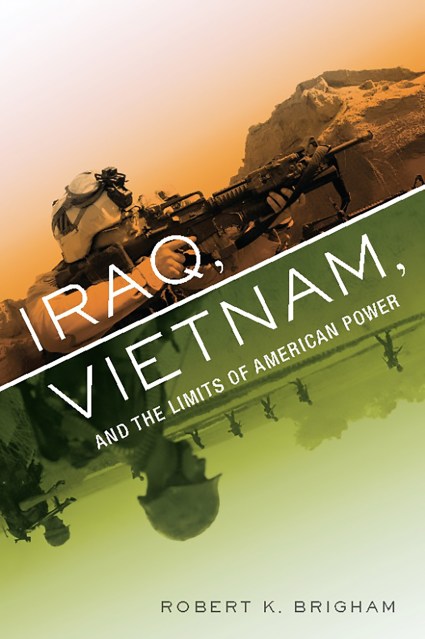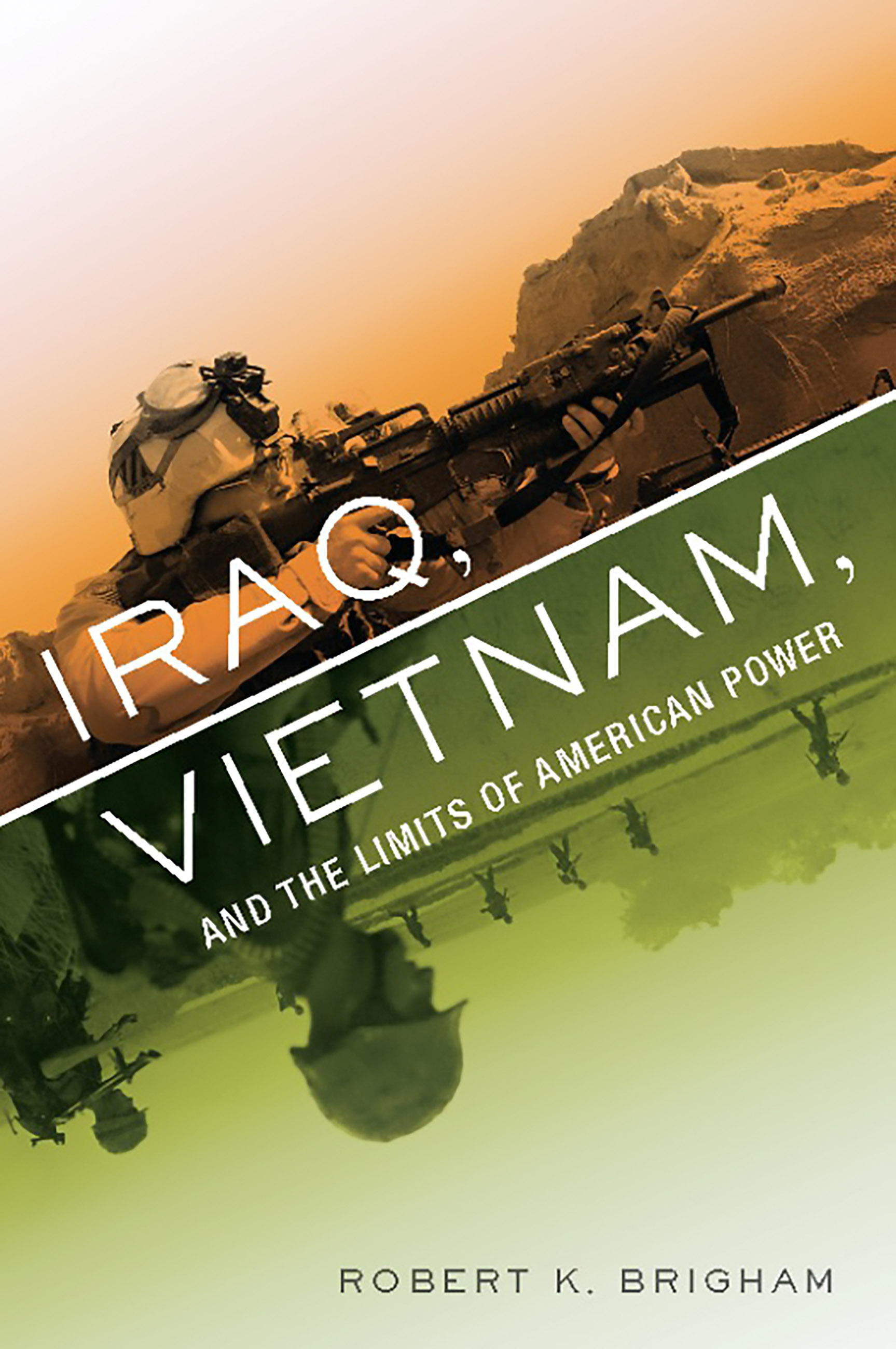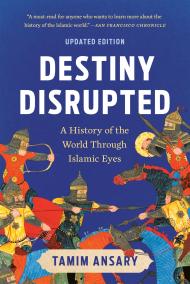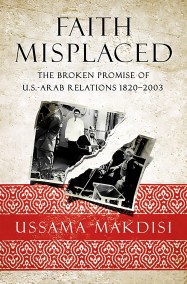Promotion
Use code BEST25 for 25% off storewide. Make sure to order by 11:59am, 12/12 for holiday delivery!
By clicking “Accept,” you agree to the use of cookies and similar technologies on your device as set forth in our Cookie Policy and our Privacy Policy. Please note that certain cookies are essential for this website to function properly and do not require user consent to be deployed.
Iraq, Vietnam, and the Limits of American Power
Contributors
Formats and Prices
- On Sale
- Jul 22, 2008
- Page Count
- 240 pages
- Publisher
- PublicAffairs
- ISBN-13
- 9780786731732
Price
$9.99Price
$12.99 CADFormat
Format:
ebook $9.99 $12.99 CADThis item is a preorder. Your payment method will be charged immediately, and the product is expected to ship on or around July 22, 2008. This date is subject to change due to shipping delays beyond our control.
Buy from Other Retailers:
However, there are two similarities that may dwarf the thousands of differences. First, in Iraq, like Vietnam, the original rationale for going to war has been discredited and public support has dwindled. Second, in both cases the new justification became building stable societies. There are enormous pitfalls in America’s nation building efforts in Iraq as there were in Vietnam. But it is the business we now find ourselves in, and there is no easy retreat from it morally. As American frustration increases, some policy makers are making the deadly mistake of approaching problems in Iraq as if we are facing them for the first time. It is crucial that we apply the lessons of Vietnam wisely and selectively.
Genre:
Newsletter Signup
By clicking ‘Sign Up,’ I acknowledge that I have read and agree to Hachette Book Group’s Privacy Policy and Terms of Use







